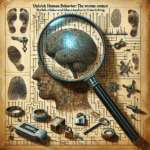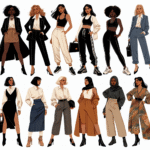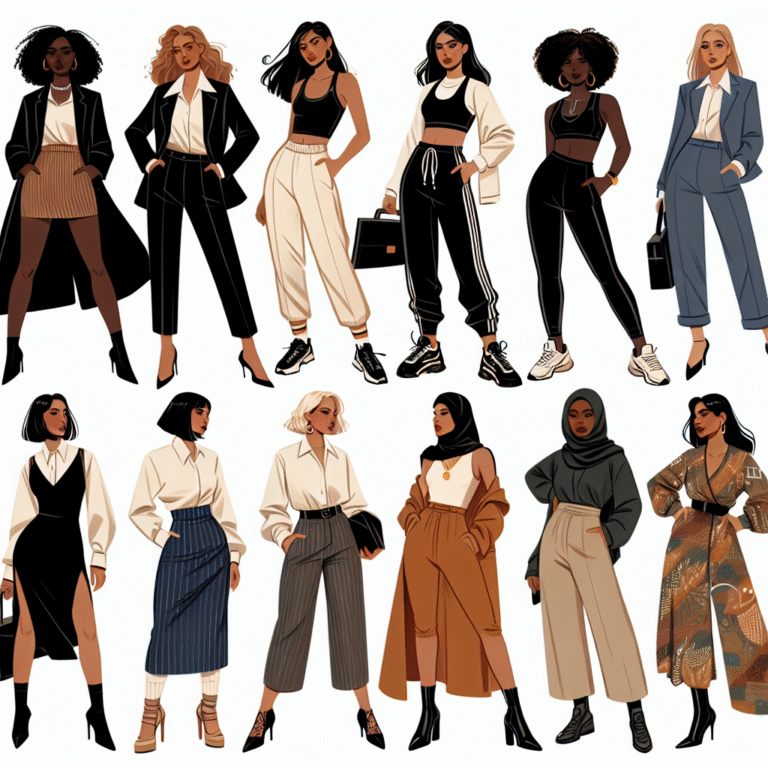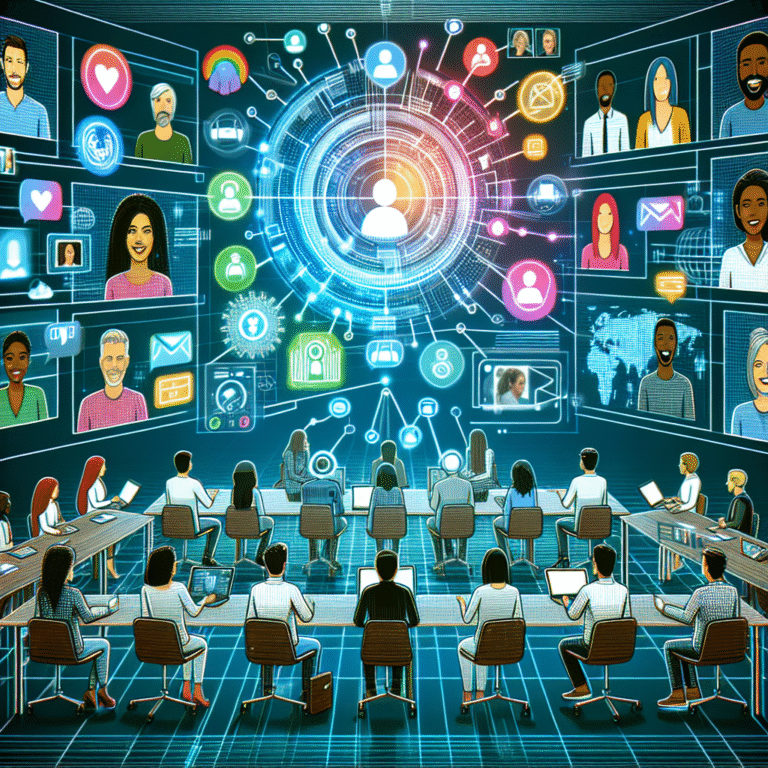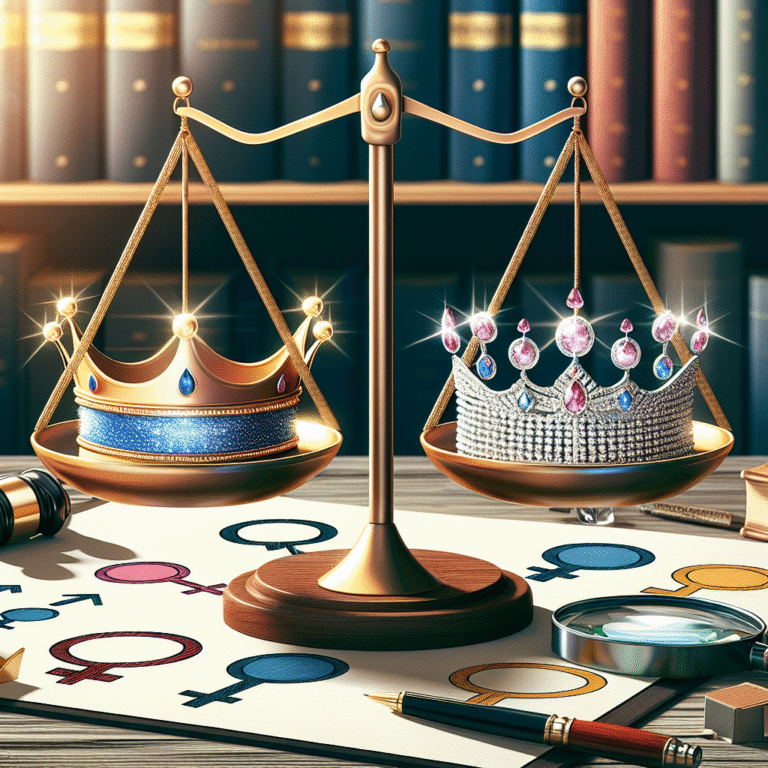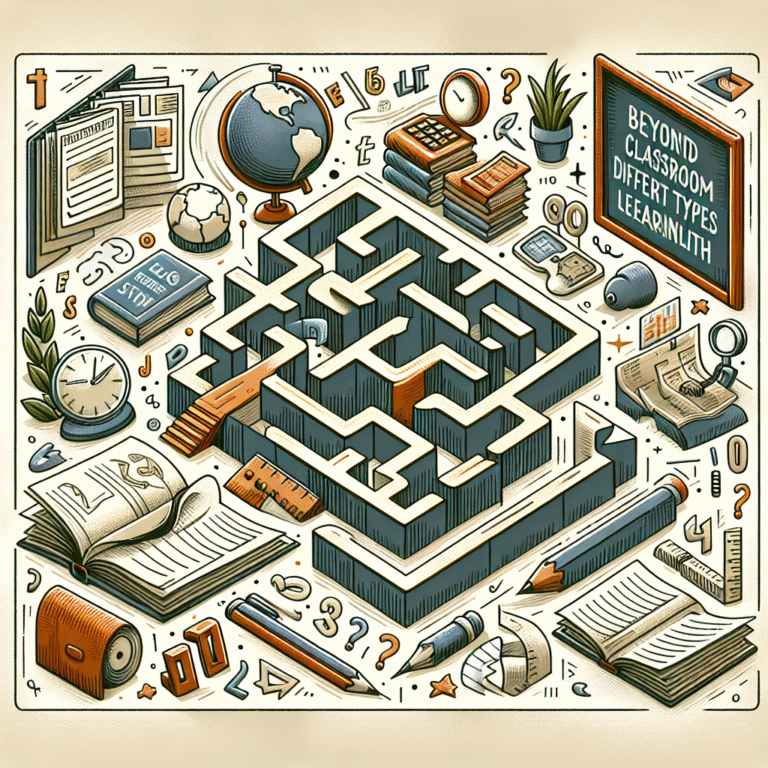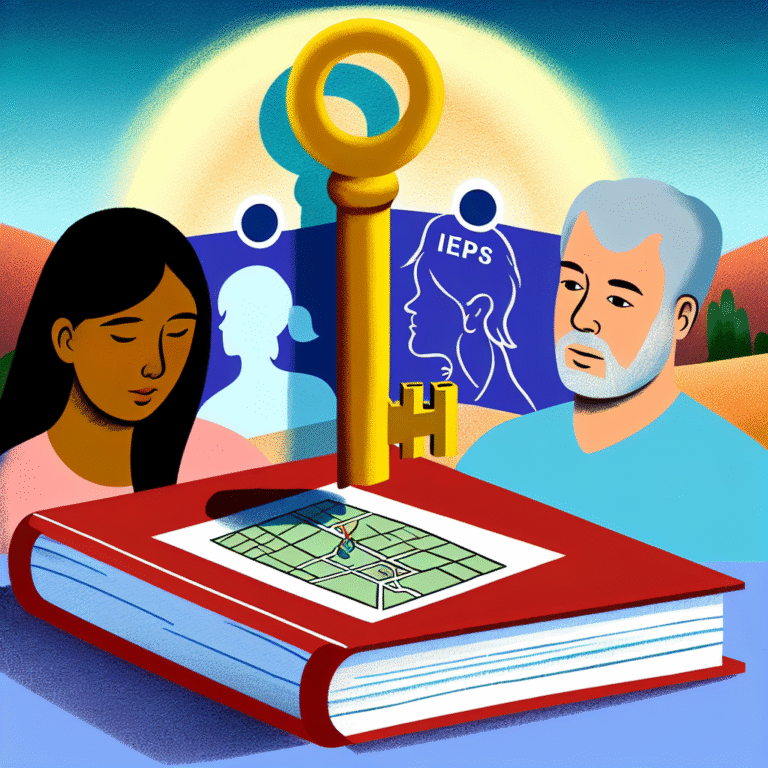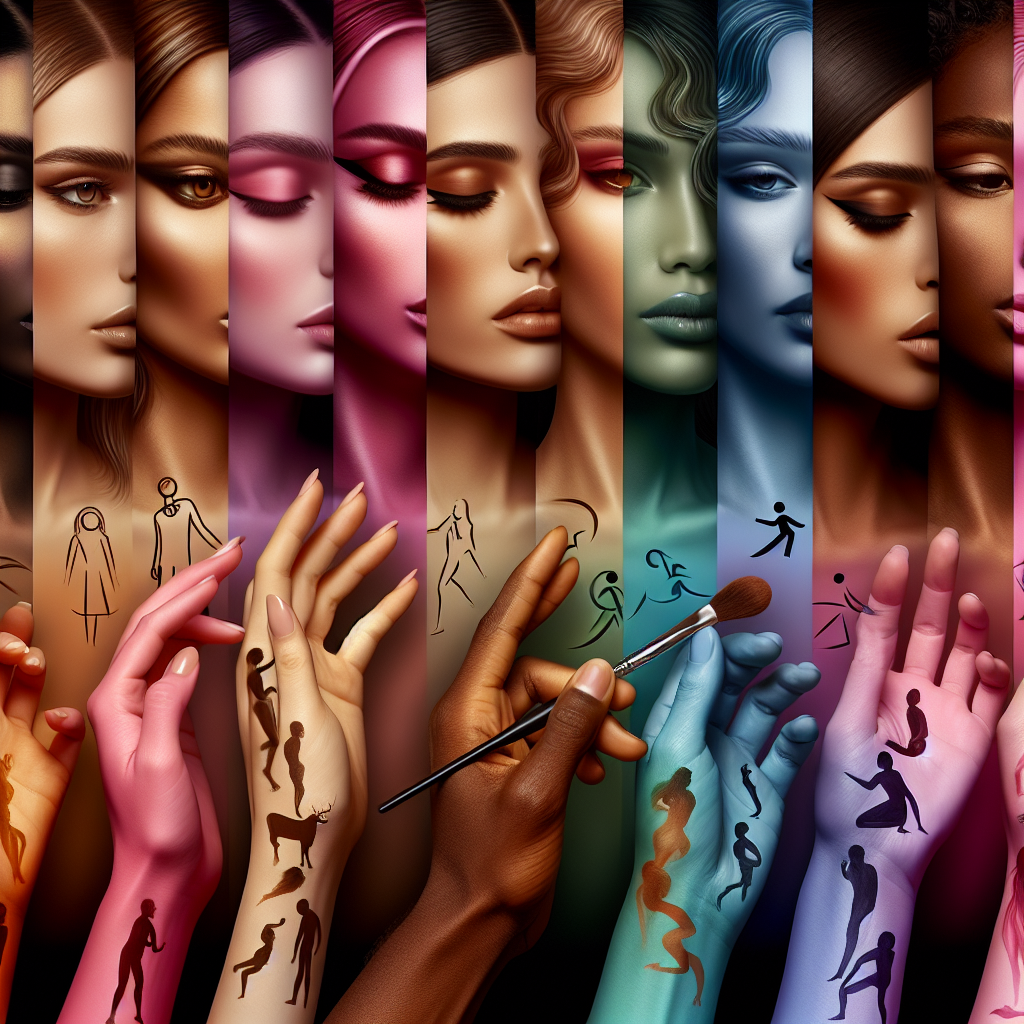
Introduction
In our ever-evolving society, gender expression has become a pivotal area of discussion, transcending the traditional norms that once defined masculinity and femininity. The topic "From Makeup to Mannerisms: The Subtle Nuances of Gender Expression" captures this essence vividly. In a world where rigid stereotypes are being dismantled, understanding the complexities of gender expression is essential. This exploration offers insights into how subtle choices—from cosmetics to body language—contribute to an individual’s identity.
The Importance of Gender Expression
Gender expression is not merely about the clothes we wear or the makeup we apply; it encompasses the entire spectrum of how we choose to present ourselves to the world. Understanding these expressions can foster inclusivity and acceptance, challenging outdated norms. By examining how individuals experience and express their gender, we can better support diverse identities.
The Makeup of Expression: A Historical Perspective
The Evolution of Makeup in Gender Expressions
Table 1: Historical Timeline of Makeup Use by Gender
| Era | Makeup Use by Gender | Notable Changes |
|---|---|---|
| Ancient Egypt | Both men and women used makeup | Makeup was seen as a cultural and social norm. |
| Middle Ages | Makeup mainly for women | Men shied away from cosmetics, adopting a more austere appearance. |
| 20th Century | Rise of unisex cosmetics | The 60s and 70s saw shifts with the counterculture movement. |
| 21st Century | Surge in male makeup usage | Influencer culture now embraces fluidity in beauty standards. |
Makeup has been a part of human culture for centuries. Ancient Egyptians famously adorned themselves with kohl and powders, irrespective of gender, reflecting societal beliefs about beauty and power. Fast forward to the Middle Ages, where makeup became almost exclusively associated with women, reflecting a societal shift in gender norms.
However, the modern age has witnessed a resurgence in the acceptance of makeup among men. Influencers like James Charles and Jeffree Star have spearheaded movements that emphasize makeup as an art form rather than a gender-specific tool. This shift illustrates the concept that "From Makeup to Mannerisms: The Subtle Nuances of Gender Expression" are interconnected and continuously evolving.
Mannerisms: The Unspoken Language of Gender
While makeup often serves as a visible marker of gender, mannerisms play a crucial role in how individuals communicate their gender identity.
The Body Language Spectrum
Chart 1: Gendered Body Language Traits
| Trait | Often Associated with Femininity | Often Associated with Masculinity |
|---|---|---|
| Posture | Open, relaxed | Upright, assertive |
| Gesture | Subtle, fluid | Stark, pronounced |
| Facial Expressions | Nurturing, expressive | Reserved, stoic |
Research has indicated that body language not only reflects our internal states but also significantly impacts how we are perceived by others. For example, stereotypically feminine mannerisms include softer gestures, more expressive facial reactions, and open postures. In contrast, traditional masculine cues lean towards assertiveness and a more closed body language.
Case Study: Non-Binary Representation in Media
A powerful case study is found in the portrayal of non-binary characters in popular media. Characters like Ayo from “Black Panther” and Julian from “The OA” highlight the fluidity of gender through both their mannerisms and appearance. They challenge conventional binaries and showcase that gender expression is rich and diverse.
The success of these characters can be attributed to well-rounded development that integrates makeup and mannerism, showcasing that "From Makeup to Mannerisms: The Subtle Nuances of Gender Expression" radiates more deeply than mere aesthetics.
The Intersection of Culture and Gender Expression
Cultural norms play a significant role in shaping the nuances of gender expression. Various cultures have different approaches to what is considered acceptable in terms of attire, makeup, and mannerisms.
The Global Perspective
Table 2: Cultural Variations in Gender Expression
| Culture | Gender Expression Norms |
|---|---|
| Western Cultures | Emphasis on individualism and fluidity |
| Indian Culture | Traditional roles but growing acceptance of fluid identities |
| Indigenous Cultures | Recognition of Two-Spirit people as respected identities |
Understanding these cultural expressions can lead to greater acceptance and validation of varied identities. The rise of global platforms has allowed for cross-cultural influences, breaking down barriers and allowing for diversified expressions to surface.
Case Study: The Impact of Hijra Community in India
The hijra community in India provides a compelling exploration into gender expression beyond the binary framework. Often recognized as a third gender, hijras embody a unique cultural narrative that challenges conventional gender norms. They wear makeup and clothing symbols that may be considered traditionally feminine while engaging in body language and mannerisms that convey their distinct identity.
This illustrates that "From Makeup to Mannerisms: The Subtle Nuances of Gender Expression" can vary widely across different cultural landscapes while facilitating acceptance and understanding.
The Psychology Behind Gender Expression
Understanding the psychology of gender expression can revolutionize how we perceive individuals and their choices. It delves deep into the reasons some may choose to express their gender in non-traditional ways.
The Role of Self-Identity
The manner in which individuals express themselves is often rooted in a quest for self-identity. Some questions to explore include:
- Why do some people feel more comfortable expressing themselves in a feminine manner?
- What impact does societal acceptance have on individual choices?
- How does self-esteem correlate with gender expression?
Case Study: Gender Expressive Therapy
Therapists have begun recognizing the importance of acknowledging gender expression in their practices. Gender Expressive Therapy focuses on allowing patients to explore their identity, free from societal constraints. Employing both mannerisms and appearance as tools in therapy can yield transformative results, affirming that "From Makeup to Mannerisms: The Subtle Nuances of Gender Expression" is essential in mental and emotional well-being.
The Future of Gender Expression
With the increasing visibility and acceptance of diverse gender identities, what does the future hold for gender expression?
The Influence of Social Media
Platforms like Instagram and TikTok have created fertile ground for individuals to showcase their unique expressions of gender. They provide a stage to challenge stereotypes, promote authenticity, and create communities.
The Rise of Gender Inclusive Brands
More brands are recognizing the need for gender-inclusive beauty products. Fenty Beauty, launched by Rihanna, has become a beacon for inclusive makeup options, asserting that everyone should feel represented and beautiful.
Conclusion
The exploration of "From Makeup to Mannerisms: The Subtle Nuances of Gender Expression" reflects an essential ongoing conversation about identity and acceptance in our society. From ancient practices to modern societal shifts, the landscape of gender expression is as diverse as humanity itself.
In embracing the complexities of gender expression, we can pave the way for a more inclusive world. Whether through the art of makeup or the subtleties of mannerisms, we should celebrate the diverse tapestry that makes up human experiences. As we move forward, let us remain open, respectful, and curious about the myriad ways people express their identities.
FAQs
1. What is gender expression?
Gender expression refers to how individuals convey their gender identity through clothing, behavior, mannerisms, and makeup.
2. Is makeup essential for expressing gender?
While many use makeup as a tool for expression, it is not essential. Gender can be expressed in various ways, and makeup is just one form among many.
3. How can understanding gender expression improve societal acceptance?
Understanding the complexities of gender expression encourages empathy and reduces stigma, fostering a more inclusive environment.
4. Can mannerisms be gender-neutral?
Yes, mannerisms can be gender-neutral. Individuals can choose to adopt mannerisms that resonate with their identity, regardless of traditional gender norms.
5. How can I support diverse gender expressions in daily life?
You can support diverse gender expressions by recognizing and validating individual experiences, using inclusive language, and promoting acceptance in your community.
From makeup to mannerisms, our understanding of gender expression deepens continuously, inviting us to engage more fully with the beauty of diversity. It’s a journey that requires curiosity, empathy, and an open heart—a worthy investment in the rich tapestry of human experience.


